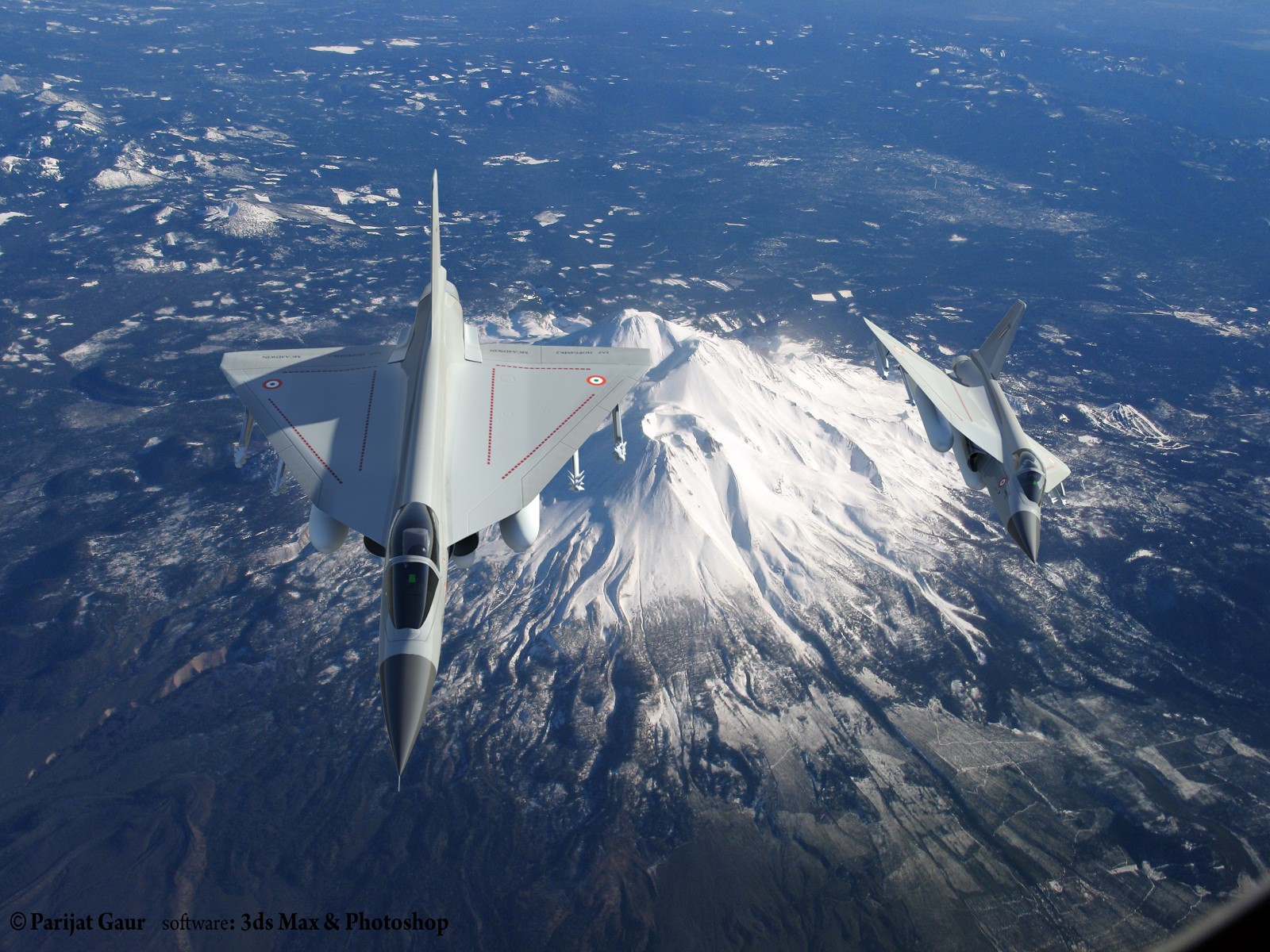First Tejas Squadron To Be Based In Sulur
The Indian Air Force (IAF) will form the first squadron of the light combat aircraft (LCA) Tejas in Bangalore next year before it is moved to Sulur, IAF Vice Chief Air Marshal P.K. Barbora tells AVIATION WEEK.
Sulur is located near Coimbatore, Tamil Nadu.
The initial formation of the LCA squadron in Bangalore is primarily due to IAF's proximity to the aircraft's designer, the Aeronautical Development Agency; its manufacturer, Hindustan Aeronautics Ltd. (HAL); and IAF's test pilots' unit, the Aircraft System Testing Establishment. In addition, the National Flight Test Center (NFTC), which is monitoring all LCA-related flying activities, is also within HAL's military airport.
"Training becomes easier in Bangalore for the IAF pilots on the new platform. In addition, any teething problems that the pilots might face while getting accustomed to Tejas can be sorted out before they move to Sulur," an NFTC source says.
Barbora says, "The LCA Mk-II will have a new engine and we are hopeful that the product will be superior. Support is the key and we are hopeful that the Defense Research Development Organization and HAL will ensure that."
IAF is willing to support indigenous programs as long as the products arrive on time, Barbora says. "We are not asking for the Moon. We are willing to wait, but give us what has been promised as per the deadline. We understand it's not easy to make an aircraft."
The IAF is currently in a transition phase, with new weapon systems and flying platforms set to be incorporated.
"In the next 10 years, IAF will change. Rapid technological changes pose a huge challenge, and even we need to change. There are no shortcuts in technology and we need to do things [the] right way," Barbora says.
Meanwhile, Tejas crossed a significant hurdle when two LCAs successfully performed in hot-weather trials (HWTs) at Nagpur last week. Sources told AVIATION WEEK that the week-long HWTs were part of Tejas' phase II schedule. The first phase was completed in 2008.
"All new systems onboard and avionics were tested with temperatures varying from 40 to 45 degrees Celsius (104 to 114 deg. F.). We had absolutely no issues with these flights, and both platforms rose to the occasion and performed as expected. We had close to 10 flights as part of the trials," a source says.
The 11th test vehicle in the Tejas flight line is expected to fly soon as the program heads toward initial operational clearance in December. Weapons trials also are on the horizon.
"All the software will have to go into the final configuration of Tejas along with the flight control system and sensors. LSP-5 will be next. From LSP-3 flight, the multi-mode radar is onboard and this is clearly an indication as to our rapid progress in the program," the source says. "We will be testing beyond-visual range missiles first and at a later stage the air-to-ground missiles which will take Tejas closer to the final operational clearance."
Confirming the successful HWTs, P.S. Subramanyam, program director for combat aircraft and director of the Aeronautics Development Agency, says that one limited series production-3 aircraft and another prototype vehicle-3 from the Tejas fleet were part of the HWTs at Nagpur.
"Both aircraft are back in Bangalore and we are happy with what we have achieved. We are analyzing the data and will now move toward our next mission," Subramanyam says.
http://www.aviationweek.com/aw/gene...ine=First Tejas Squadron To Be Based In Sulur



